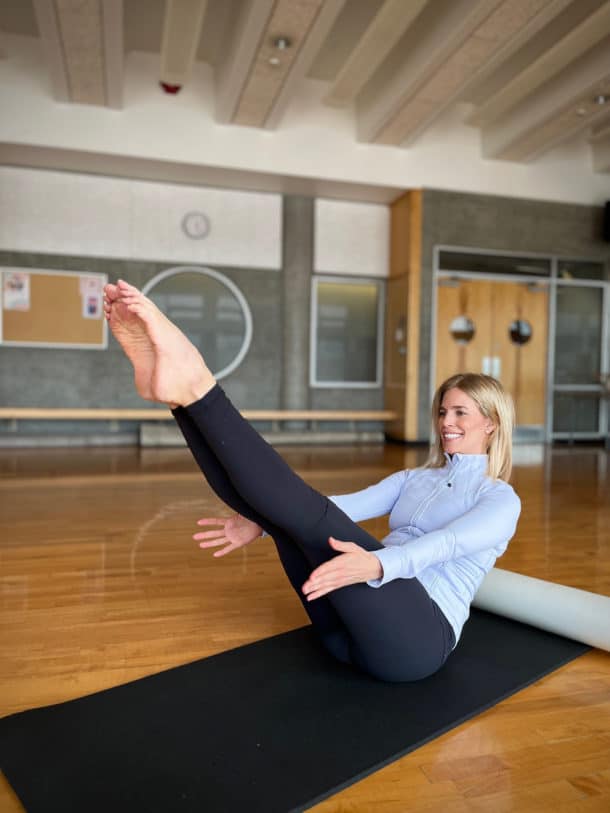Use a web of practitioners to manage your chronic pain.
A 2012 National Health Interview Survey [NHIS] reported that 11.2% of Americans are suffering with chronic pain. Chronic pain is lasting pain that lingers more than 3 months. Unfortunately, it is something that often occurs with age. Pain can also be caused by back pain, arthritis, headache, multiple sclerosis, fibromyalgia, shingles and nerve damage.
We recently spoke with Dr. Kim Peirano, a licensed Acupuncturist practicing in San Rafael, to learn more about her practice. One of the most interesting parts of our discussion was the idea of a web of practitioners that can help people suffering with chronic pain. Dr. Kim believes having a web of practitioners offering alternative solutions is the best way to address an issue and enhance a patient’s wellbeing.
Are alternative approaches for managing chronic pain safe?
We did a little research on three alternative approaches for managing chronic pain. One thing we noted is that the word “Doctor” is used to describe many types of practitioners in alternative care and traditional medicine. It can be confusing because the credentials and scope of practice are different for each practitioner. The descriptions below includes an explanation of their credentials.
Alternative treatments are safe. Most alternative treatments have very little risk and few reported side effects. Patients often self refer when nothing else has worked or a friend recommends it. However, it’s always good to touch base with your medical doctor [aka: primary care physician] especially if you expect your insurer to pay.
Three alternative care approaches that can help you manage chronic pain.
1/ Acupuncture
Traditional Chinese acupuncture involves the insertion of extremely fine needles into the skin at specific “acupoints”. Acupuncture relieves pain by releasing endorphins, the body’s natural pain-killing chemicals, and by affecting the part of the brain that governs serotonin, a brain chemical involved with mood.
Hundreds of clinical studies on the benefits of acupuncture show that it successfully treats conditions ranging from musculoskeletal problems (back pain, neck pain, etc.) to nausea, migraine headache, anxiety, depression, insomnia, and infertility.
Cupping therapy is another treatment commonly performed by Acupuncturist. Special cups are placed on your skin for a few minutes to create suction. Cupping can ease pain and inflammation, stimulate blood flow and promote relaxation and wellbeing.
Credentials:
The majority of the 10,000 licensed Acupuncturists in the US are not medical doctors. They use protected titles such as Doctor of Oriental medicine [DOM] or Oriental Medical Doctor [OMD] which is an academic title similar to Ph.D.
Some medical doctors, osteopathic physicians and dentists are also trained and use acupuncture within their practice. Many chose the French Energetic method which puts more emphasis on needling technique and feeling meridians in diagnosis.
2/ Chiropractic
Chiropractic is based on the theory that the relationship between the body’s structure, primarily that of the spine, and its function, as coordinated by the nervous system, affects health. Spinal adjustment and manipulation is a core treatment in chiropractic care, but treatment may also involve:
- Heat and ice
- Electrical stimulation
- Relaxation techniques
- Rehabilitative and general exercise
- Counseling about diet, weight loss, and other lifestyle factors
- Dietary supplements.
A 2010 review of scientific evidence on manual therapies for a range of conditions concluded that spinal manipulation and mobilization may be helpful for several conditions including: back pain, migraine and cervicogenic (neck-related) headaches, neck pain, upper- and lower-extremity joint conditions, and whiplash-associated disorders.
It may also be helpful for fibromyalgia, mid-back pain, premenstrual syndrome, sciatica and joint disorders. However, the evidence did not find it helpful for asthma, hypertension or menstrual pain.
Credentials:
Chiropractors have extensive training in chiropractic care and are licensed practitioners referred to as Doctor of Chiropractic.
3/ Pilates
Pilates was created in the 1920s by the physical trainer Joseph Pilates for the purpose of rehabilitation. Some of the first people treated by Pilates were soldiers returning from war and dancers to strengthen their bodies and relieve their aches and pains.
Pilates [originally named Contrology] works the entire body with the primary focus is on the core muscles including the abs, lower back, and stabilizing muscles. There are six principles to the movement: centering, concentration, control, precision, breath and flow.
Credentials:
There is a certification process for Pilates teachers that requires a specified number of hours [50 – 500 hours] for course work, observation and teaching. Even though the Pilates Certification doesn’t require a degree, many teachers are also degreed and/or have experience working in healthcare.
Health Tip:
According to Dr. Kim, we could all Drink More Water!
On that note, Cheers.
Contact Us
Please email us to request more information about our services and collaborations.
Stay Connected
Subscribe free to receive our latest tips, workouts, exclusive offers and community notifications every Monday. Read the Latest Newsletter.



